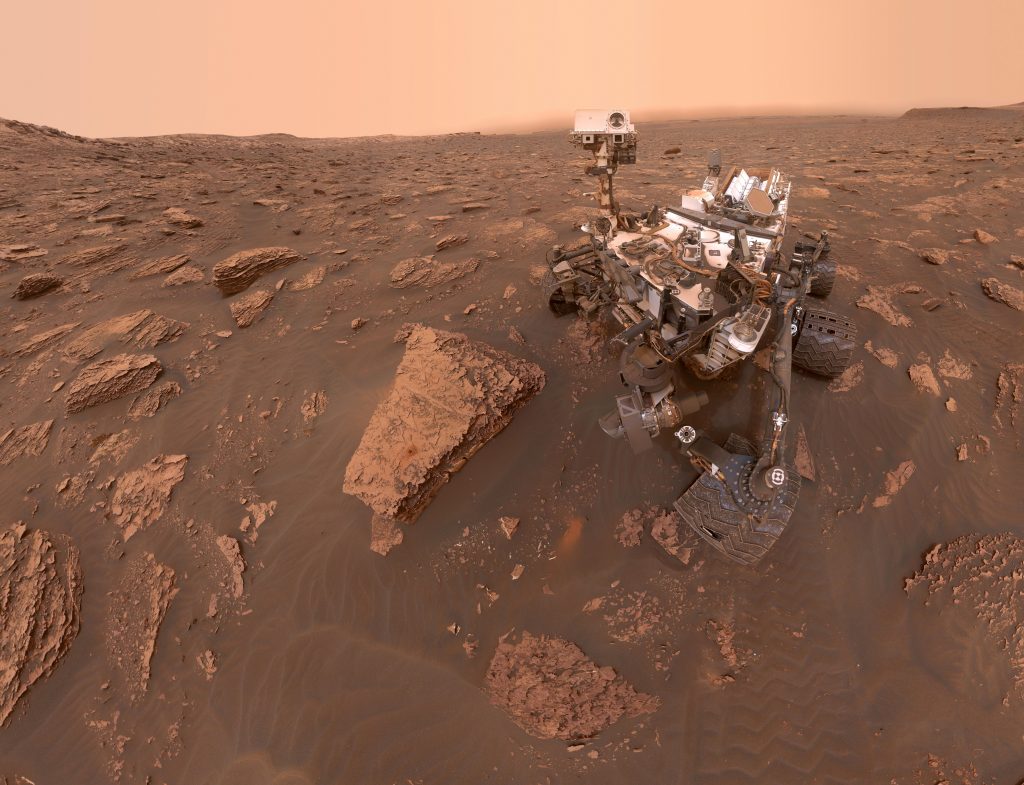Not yet, but there was a recent discovery of opal.
The NASA Curiosity Rover currently on Mars discovered the gemstone site on the Gale Crater basin. As opal is comprised of silica spheres that have come in contact with water, this finding on the red planet is an exciting revelation because it means that the Gale Crater was once a water-rich environment. This suggests that the subsurface where the rocks were found was likely a more habitable terrain than the much harsher conditions on the surface.

“This is an exciting discovery because it extends the time range for liquid water on Mars and the places where it might have supported life,” CRISM principal investigator Scott Murchie of the Johns Hopkins Applied Physics Laboratory told NBC News. “The identification of opaline silica tells us that water may have existed as recently as two billion years ago.”
Team member Ralph Milliken of NASA’s Jet Propulsion Laboratory told Space.com that the deposits not only indicate the existence of water but they indicate the water was present long enough to alter the rocks.
“What’s important is that the longer liquid water existed on Mars, the longer the window during which Mars may have supported life,” Milliken said. “The opaline silica deposits would be good places to explore to assess the potential for habitability on Mars, especially in these younger terrains.”
While the opal find is not yet a boon for the jewellery industry it could possibly be a guaranteed source of water for future colonists. Through the process of grinding down the opal and applying heat, future exploration efforts could use these deposits as water resources. The advantage could be widespread as satellite data suggest the presence of opal elsewhere on Mars.